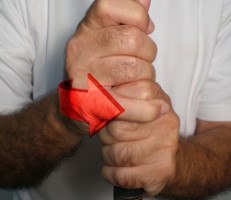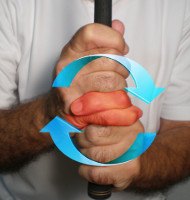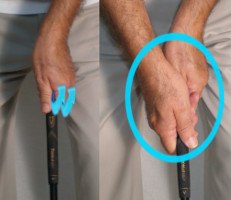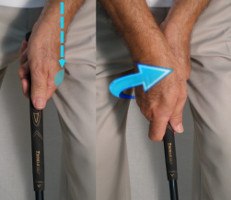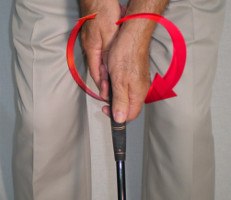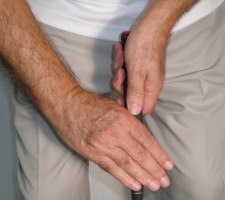Pros and Cons of Every Golf Grip Style |
Best Grip? Overlapping vs Interlocking |
Grip style: Interlocking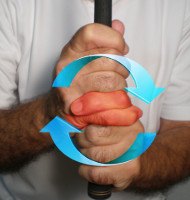 |
Hand position: Neutral |
Putting grip style / hand position: Reverse overlap / neutral
|

Hideki Matsuyama’s grip keys a swing that’s technically sound and packed with power. The youngster from Japan, who earned his first PGA TOUR win (the 2014 Memorial) at age 22, looks like a surefire star of the future. Make that the present.
Matsuyama sets up to the ball with his hands in ideal positions. The left is perfectly neutral – his glove logo points almost parallel to the target line, with a nice blend of palms and fingers in control. The right hand is actually in a mildly strong position; the back of his hand is nearly flush with his wrist, putting the palm a little “underneath” the handle. This “mixed” grip style is fairly common among today’s tour pros.
Matsuyama’s swing is a picture of purity. His hands are high at the top, club shaft parallel to the ground and clubface on plane. A neutral grip makes this enviable position much easier to attain than a grip that’s too strong or too weak.
If this prodigy’s putting ever catches up to his ballstriking, watch out. On the greens, Hideki Matsuyama’s grip is a little unusual. His left hand is turned to his left, the right hand to his right – a contrast to the textbook example of the palms directly facing each other.
Consider: Matsuyama garnered top-25 finishes in half his 24 starts as a rookie while placing a dismal 156th in strokes gained putting. Assuming he gets the flat-stick straightened out, Matsuyama could be a major force for years to come.
